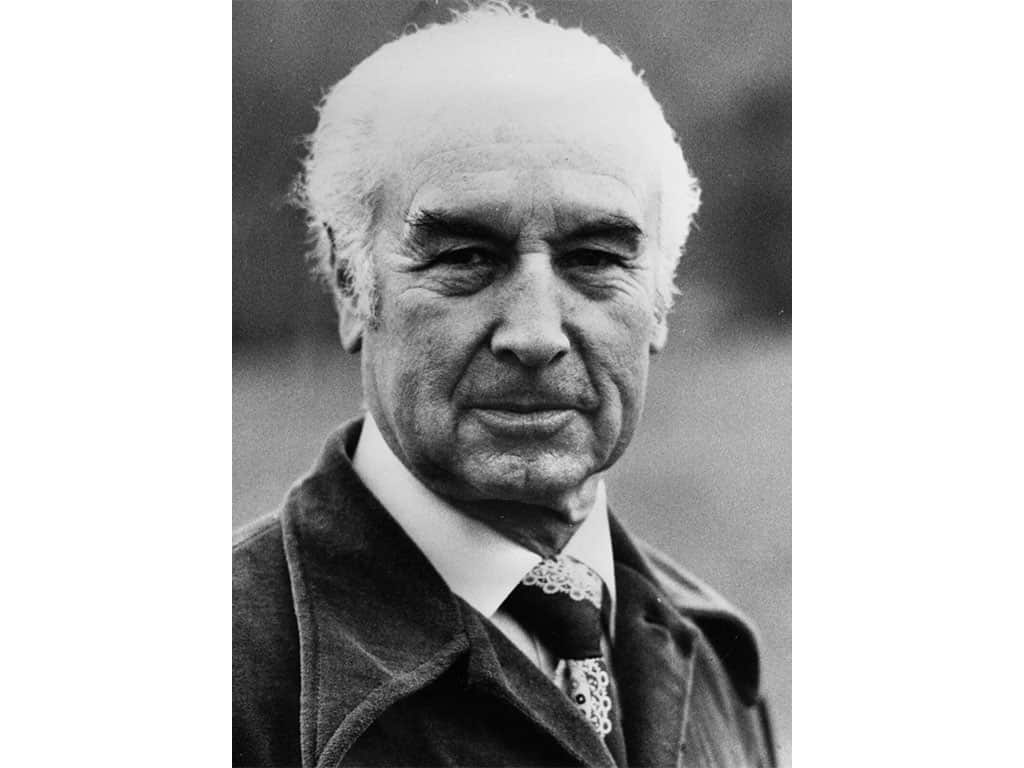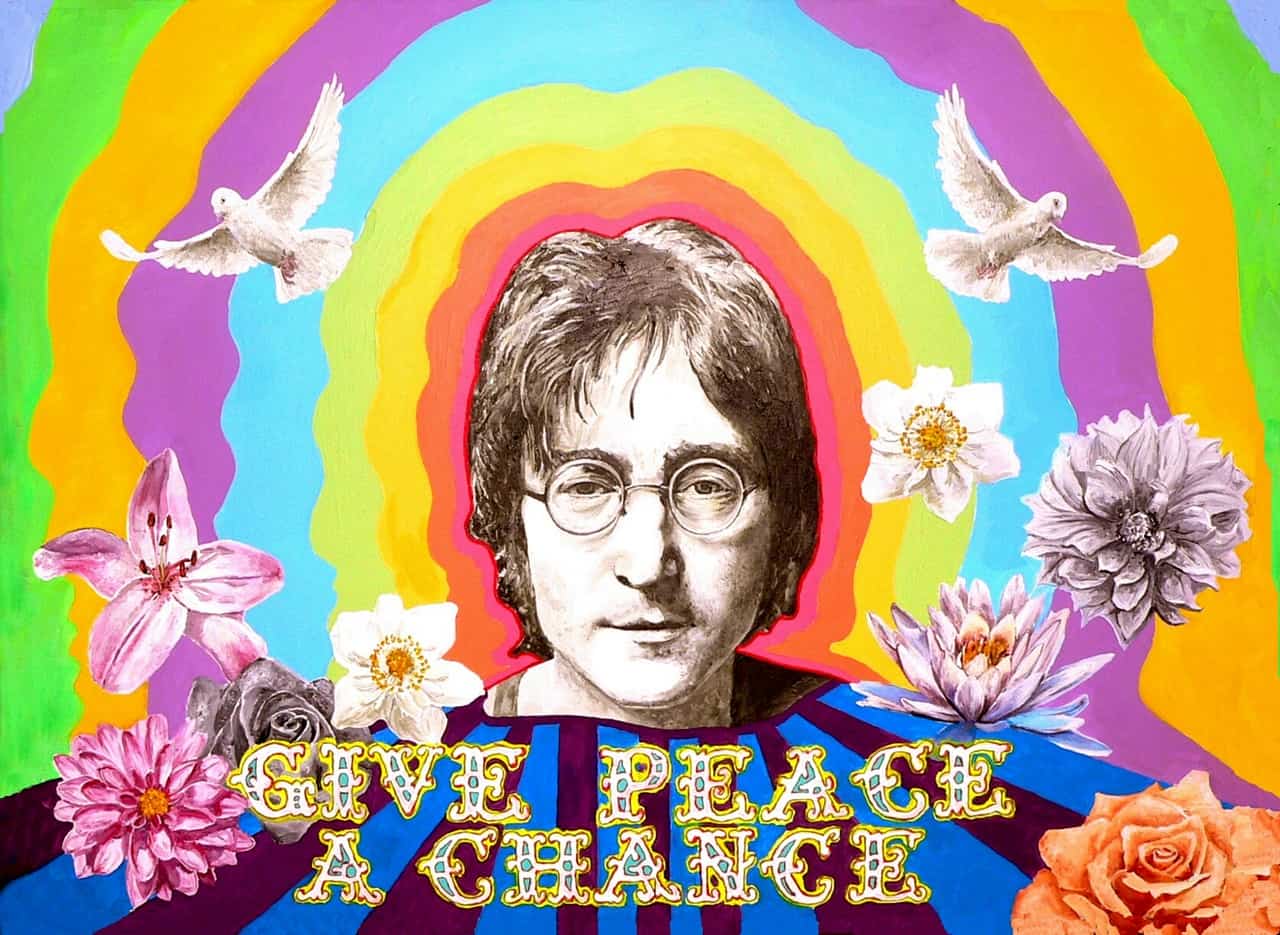AL-LAD is one of the many analogs of LSD that have been synthesized throughout the years. These drugs are all part of a family called lysergamides, which are all derived from lysergic acid. Also known as ergoline alkaloids, they were first discovered to be present in a fungus – ergot – that grows on rye bread.
Since LSD became illegal, people began to put out an effort to find a functional and, above all, legal alternative to the magical substance. AL-LAD is one of the few alternatives that mimic the effects of LSD quite effectively. Though it’s been around for a few decades, it didn’t really hit the market until fairly recently and, unfortunately, it’s already been made illegal in most places.
Nonetheless, the history leading up to and including the synthesis and distribution of AL-LAD is quite interesting.
A Great Lysergic Loss
If it were not for the tragic loss suffered by the psychedelic community towards the end of the 1960s, we never would have felt the need for AL-LAD.
When LSD was banned by the FDA in America, and subsequently in various countries throughout the world and eventually the UN, both the medical and the counterculture communities felt a great loss. Acid had proven itself to be something close to a miracle drug, and being scheduled as an illegal substance seemed (and still seems) to be an arbitrary decision that caused far more harm than it prevented.
LSD left a gaping hole in the spirits of those who had experienced it. Whether or not it was noticed, the lack that was present where LSD had once provided abundance left people wanting for… something.
But what exactly was that missing something? To really understand, we have to trace the roots of LAD as they stretch all the way back to 1938 when Albert Hoffman first discovered and synthesized LSD.


A Century of Lysergamides – From LSD to AL-LAD
In doing that, he discovered an important class of compounds called lysergamides that would eventually create global controversy while simultaneously being the focus of rigorous study by medical researchers. But lysergamides had a slow start. It wasn’t until the late 1950s and 60s that LSD really began to take off.
During that decade, LSD, which recreational circles were beginning to refer to as acid, was a hot topic in the medical field and the hallmark drug that was holding the reins of the psychedelic hippie movement.
Acid was unprecedented in its influence. This was the first time that people had been exposed to hallucinogenic substances en masse, with the exception of tribal cultures long familiar with psychedelic plants who would be watching bemusedly as the Western world collectively lost its head. The effects that this had on both individuals and society was profound.


This single lysergamide compound led to massive changes in the arts, music, self-expression, personal values, and even changed the views of society at Duringssc large, leading to the sudden widespread acceptance of non-heterosexual love and the rise of promiscuity or ‘free love’ as seen by the first distribution of condoms. Because of this the sixties are still regarded as one of the most transformative decades in history.
Lysergamides: Not Only Safe, but Beneficial?
LSD was proven repeatedly to be nontoxic and to be virtually impossible to fatally overdose on, despite its ridiculous potency. Studies revealed it to have low abuse potential and to be non-habit forming. Its impressive safety profile led a large number of different research groups to perform clinical trials with it, studying its ability to help people heal from depression, anxiety, and PTSD.
As if they were waiting for the worst possible moment to restrict access to the compound, this period was when the FDA decided to make LSD illegal: right when it was proven to be non-addictive, therapeutic, and safe. Their official claim? Acid was dangerous, addictive, and had no therapeutic value.
Perhaps the most ironic part about this was that, right before it was banned, LSD was proven to be highly effective at helping people overcome addictions, particularly addictions to alcohol. Not only is it not addictive, it could actually reduce the number of addictions globally. Subsequently it was quickly placed alongside heroin and methamphetamine as a Schedule I drug.
Of course, simply making acid illegal didn’t curb anyone’s desire for it. Medical researchers and therapists felt duped by having such a promising compound restricted, and the hippies were displeased to lose access to a drug that had opened up an entire world of spiritual and personal growth.
Since the drug remained in high demand, two things happened. Firstly, it made its way into the black market. Secondly, the race began in search of a legal alternative that could provide the same benefits as acid.
LSD Analogs, AL-LAD, and the Godfather of Tryptamines
One of the first LSD analogs to be used was ALD-52, also discovered by Hofmann. This drug was used alongside LSD during the 60s in hopes of discovering further medicinal benefits. It’s said that this drug lacked the razor-sharp intensity of LSD and was instead rather relaxing.
One of the first major drug busts brought ALD-52 into public awareness. The LSD lab of Tim Scully and Nicholas Sand produced one of history’s most famous brands of LSD known as Orange Sunshine. The lab was broken into by the DEA in 1969 and Scully was arrested and persecuted.


During his persecution he argued that he was not doing anything wrong since he was actually producing AL-LAD, but his defense was rejected for two reasons. Firstly, ALD-52 converts easily into LSD through hydrolysis, and secondly, LSD is required for the synthesis of ALD-52.
Unbeknownst to most people, the legendary Alexander Shulgin was working quietly in the background, producing unimaginable quantities of lysergamides and tryptamines of all sorts. Thanks to a joint agreement between him and the DEA, fostered due to a close relationship with an influential member of the DEA, Shulgin had earned a license to handle illegal drugs.
Although he wasn’t the first one to discover AL-LAD, his book was the first publication to describe and discuss it. The drug itself was first discovered in 1984 by Andrew J Hoffman and David Nichols. This was the result of a project that aimed to discover LSD analogues and was also responsible for the discovery of ETH-LAD and PRO-LAD.
As was often the case with new tryptamines, Shulgin was one of the first to experiment with AL-LAD. He reported that it was one of the strongest and most effective substitutes for LSD that had yet been discovered. This encouraging statement led to some temporary excitement surrounding AL-LAD, but it was another few decades before the drug began to circulate in any notable way.
In 2013, the substance became available online; it was sold as a research chemical. It wasn’t long before authorities began to pass laws forbidding the use of AL-LAD. In fact, in some areas it was already illegal!
Modern Legal History of AL-LAD
Only a few countries have laws specifically forbidding the use of AL-LAD. In most countries, where AL-LAD exists in a sort of gray-area limbo between legal and illegal, people often purchase it online as a sort of research chemical.
Those countries are Denmark, Latvia, Sweden, Switzerland, Turkey, and the U.K. A number of other countries would consider AL-LAD to be illegal due to legislative acts like the USA’s Analog Act, which bans analogs of any scheduled drug. AL-LAD’s status as an analog of LSD likewise makes it illegal in Austria and Germany.
Conclusion
The history of AL-LAD itself is relatively short, having only been discovered in 1984, if you neglect to consider the fascinating history that led up to its development and distribution. The intertwining history of the various lysergamide drugs is filled with intrigue, ingenuity, and illicit activity – on both the part of the establishment and the counterculture.


